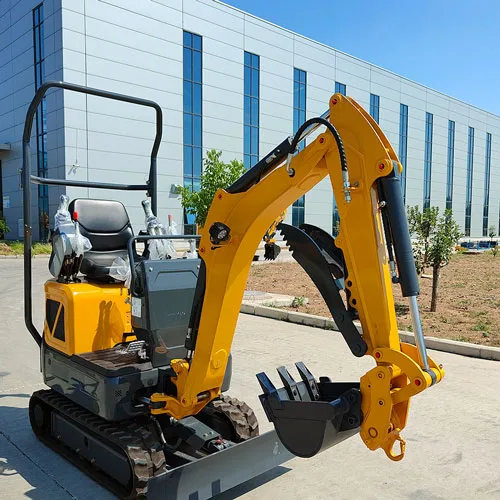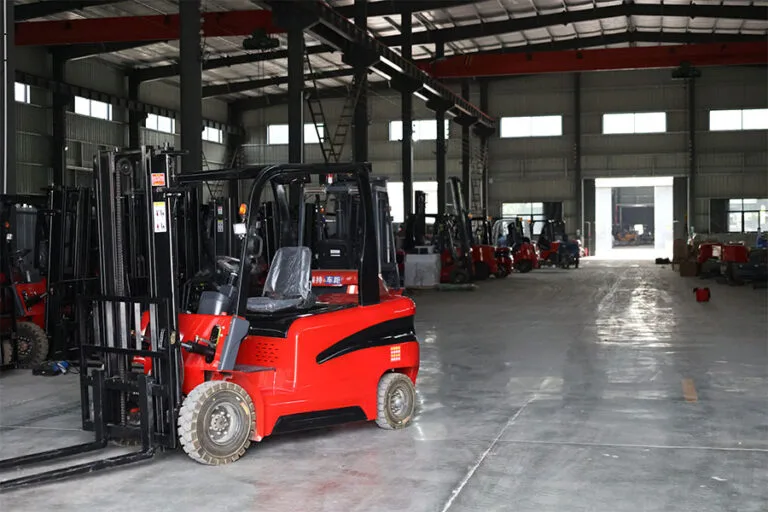Welcome to My Blog!
I’m thrilled to have you here! Before we dive into the content, let’s stay connected. Join me on my social media platforms for more insights, community engagement, and regular updates. Here’s where you can find me:
📌 Facebook: Shandong Huaying International Trade Co., Ltd.
Now, let’s embark on this journey together. I hope you find the content here not only insightful and engaging but also valuable to your interests. Let’s learn, grow, and connect!
Table of Contents
Introduction
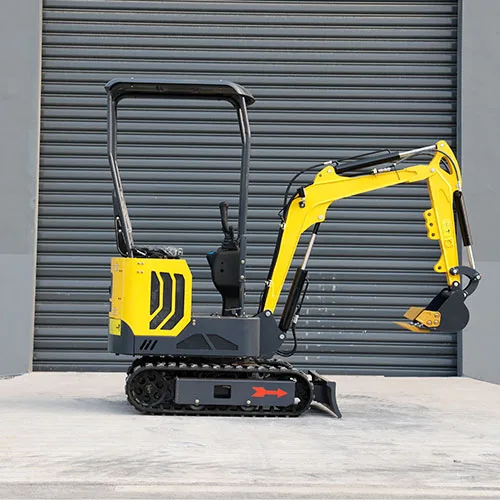
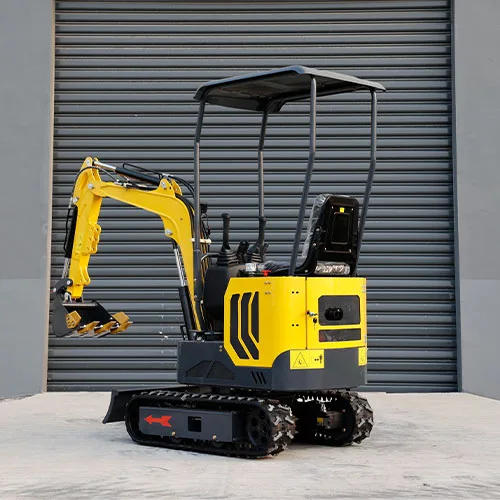
For homeowners, landscapers, and small contractors, a small personal excavator often serves as a workhorse for various projects. However, like all equipment, there comes a time when your current machine may no longer meet your needs efficiently. Recognizing when to upgrade your small personal excavator can save you time, money, and frustration on the job site.
This comprehensive guide examines five telltale signs indicating it’s time to consider upgrading your small personal excavator. We’ll explore performance issues, maintenance costs, safety concerns, and technological advancements that might make a newer model worth the investment. Whether you use your excavator for landscaping, digging foundations, or property maintenance, understanding these signs will help you make an informed decision about upgrading your equipment.
NO 1. Declining Performance and Efficiency
One of the most obvious signs you need a new small personal excavator is noticeable performance degradation. If your machine struggles with tasks it once handled easily, it may be time for an upgrade.
Performance Comparison: Old vs New Small Personal Excavators
| Performance Metric | Aging Equipment | Modern Equipment |
|---|---|---|
| Digging Speed | 30% slower | Optimal speed |
| Hydraulic Power | Weak/Inconsistent | Strong/Consistent |
| Fuel Efficiency | 15-20% less efficient | Improved efficiency |
| Swing Speed | Sluggish | Responsive |
| Lifting Capacity | Reduced by 25% | Full capacity |
Key indicators of performance issues include:
- Difficulty completing routine tasks in the same timeframe
- Noticeable loss of power during operation
- Inconsistent hydraulic performance
- Excessive fuel consumption compared to newer models
- Reduced digging depth or lifting capacity
NO 2. Rising Maintenance and Repair Costs
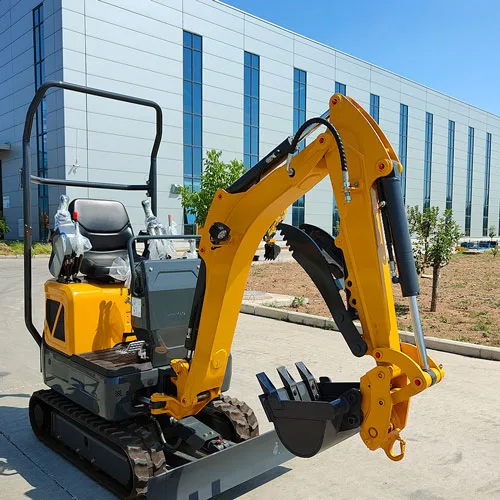
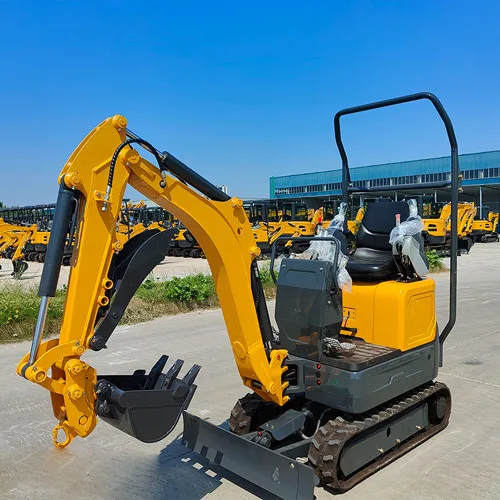
As small personal excavators age, maintenance costs inevitably increase. What starts as occasional repairs can quickly become a financial burden, making it essential to evaluate whether continued upkeep is worth the investment. Beyond repair costs, downtime and availability of spare parts can also impact efficiency and profitability.
It may be time to upgrade your small personal excavator when:
- Annual repair expenses exceed 25% of a new machine’s cost, signaling diminishing returns on your investment.
- Parts become scarce or overly expensive, as manufacturers phase out older models, making repairs time-consuming and costly.
- Frequent breakdowns disrupt work schedules, causing delays and missed deadlines.
- Multiple critical systems show signs of failure, such as issues with hydraulics, engine components, or the undercarriage.
Upgrading to a modern small personal excavator offers several advantages:
- Longer service intervals, with some models extending oil and fluid changes up to 500 operating hours.
- More durable components, backed by extended warranties for added peace of mind.
- Lower overall maintenance requirements, thanks to improved engineering and wear-resistant materials.
- Remote diagnostic capabilities, enabling technicians to identify and address issues before they cause major downtime.
By transitioning to newer equipment, operators can enjoy improved reliability, efficiency, and cost savings in the long run.
NO 3. Safety Concerns with Older Equipment
Safety is a top priority when operating heavy machinery, and older small personal excavators may lack modern features that protect operators and worksites. Worn-out components, outdated designs, and missing safety enhancements can put workers at serious risk.
Newer excavator models come with several safety advancements, including:
- ROPS/FOPS-certified cabs, providing enhanced rollover and falling object protection.
- Improved visibility systems, such as rearview cameras and proximity sensors, helping operators avoid blind spots.
- Automatic shutdown mechanisms, which engage in case of overheating, hydraulic failure, or other hazards.
- Stability control enhancements, reducing the risk of tipping, especially in uneven terrain.
- Emergency stop functions, allowing quick intervention in critical situations.
If your current excavator exhibits any of the following warning signs, it’s time to consider an upgrade:
- Failing safety mechanisms or missing protective guards, increasing operator vulnerability.
- Unreliable braking or steering systems, making precise control difficult.
- Hydraulic leaks, which not only reduce efficiency but also create slip hazards.
- Worn-out operator controls, leading to slower response times and potential mishaps.
Investing in a modern small personal excavator ensures compliance with the latest safety standards while protecting operators and job site personnel.
NO 4. Changing Project Requirements
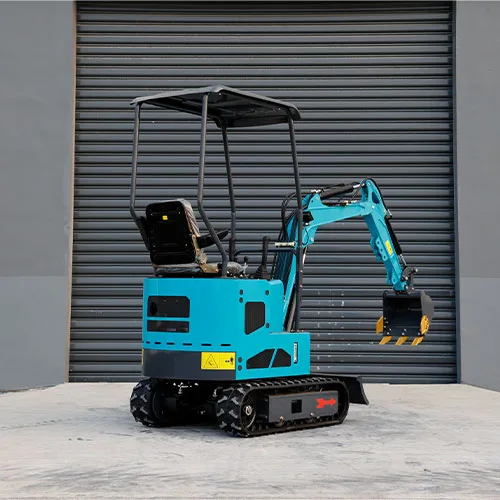
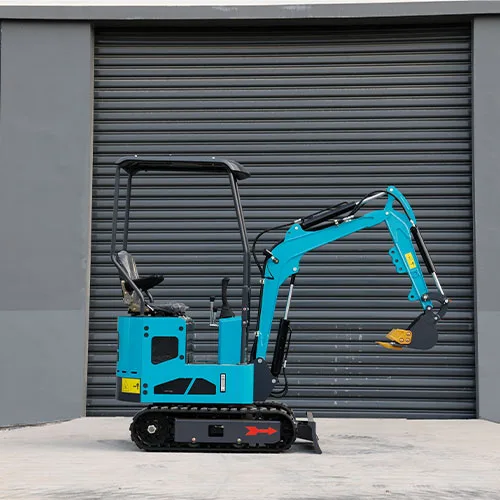
Over time, the demands of your projects may evolve, requiring equipment with greater capabilities. If your current small personal excavator struggles to meet workload expectations, it may be limiting your efficiency and profitability.
Ask yourself whether:
- Your machine lacks the power for deeper excavations, forcing additional workarounds or secondary equipment.
- Your attachments are incompatible, restricting versatility and requiring frequent equipment rentals.
- Your job sites have become more confined, necessitating better maneuverability with zero-tail swing designs.
- Your business is shifting toward commercial-scale projects, where professional-grade machinery offers better performance and longevity.
Modern excavators address these challenges with:
- Higher hydraulic flow, enabling the use of more powerful attachments like hydraulic breakers and augers.
- Quick-coupler systems, allowing operators to switch attachments rapidly without manual intervention.
- Compact, zero-tail swing designs, ideal for tight urban or residential job sites.
- Advanced grade control technology, ensuring greater precision in digging and reducing rework.
Upgrading to the right machine enhances productivity and helps you take on more diverse and complex projects with ease.
NO 5. Technological Advancements Worth Upgrading For
The latest generation of small personal excavators integrates cutting-edge technology that significantly enhances performance, fuel efficiency, and ease of operation. These innovations not only improve productivity but also contribute to long-term cost savings and environmental sustainability.
Some key advancements in modern excavators include:
- GPS and grade control systems, ensuring precision digging and minimizing material waste.
- Eco-mode settings, which optimize engine performance and reduce fuel consumption by up to 15%.
- Advanced telematics, providing real-time machine diagnostics, maintenance alerts, and fleet management insights.
- Improved ergonomics, featuring redesigned operator cabins with better seating, reduced vibrations, and intuitive control layouts to minimize fatigue.
- Hybrid and electric-powered options, catering to environmentally sensitive job sites while reducing emissions and operating costs.
By investing in a technologically advanced small personal excavator, operators can enjoy superior efficiency, reduced operating expenses, and a competitive edge in the industry.
Conclusion
Recognizing these five signs can help you determine the optimal time to upgrade your small personal excavator. While the initial investment may seem significant, improved efficiency, reduced downtime, and enhanced safety often make upgrading the most economical choice in the long run.
Evaluate your specific needs, project requirements, and budget to determine whether repairing your current machine or investing in newer technology makes more sense. Many dealers offer trade-in programs and financing options that can make upgrading more affordable.
FAQ
What’s the typical lifespan of a small personal excavator?
The lifespan of a small personal excavator depends on factors like usage intensity, maintenance practices, and operating conditions. On average, a well-maintained machine lasts between 5 to 8 years before major components such as the engine, hydraulic system, or undercarriage require significant repairs or replacement. Light-duty applications may extend this lifespan, while heavy-duty construction work may shorten it. Regular servicing, proper lubrication, and timely part replacements can help maximize its operational life.
How much should I budget for an upgrade?
The cost of upgrading to a new small personal excavator varies depending on size, brand, features, and technology. Generally, prices range from $25,000 to $50,000 for a high-quality model with modern advancements like GPS integration, fuel efficiency enhancements, and quick-attach systems. Additional costs for attachments, extended warranties, and financing options should also be factored in. If purchasing a used machine, expect to pay less, but always ensure it has been properly maintained and inspected before buying.
Can I add modern features to my older model?
Some modern features, such as backup cameras, LED work lights, and auxiliary hydraulic kits, can be retrofitted to older excavators. However, major technological advancements like grade control systems, telematics, and eco-mode efficiency settings often require factory integration and may not be compatible with older models. If safety and operational efficiency are a priority, it may be more cost-effective to invest in a new or lightly used machine rather than upgrading an outdated model.
What’s better: buying new or used when upgrading?
The decision between buying new or used depends on budget, expected usage, and risk tolerance.
- New Excavators: Offer the latest technology, full warranties, and reliability, making them ideal for long-term investment. They also feature enhanced fuel efficiency and lower maintenance costs.
- Used Excavators: Can provide significant cost savings, especially if purchased from a reputable dealer with service records and inspections. However, they may come with higher maintenance requirements and limited warranty coverage.
If opting for used equipment, always conduct a thorough inspection, review maintenance history, and, if possible, get a third-party assessment to ensure it meets performance expectations.
How do I prepare my old excavator for trade-in?
To maximize the trade-in value of your old excavator, complete minor repairs, thoroughly clean the machine, and gather all maintenance records. Ensuring the excavator is in good working condition can help negotiate a higher price. Additionally, highlighting any upgraded features or recent part replacements can make the machine more appealing to buyers or dealers, ultimately increasing its resale value.

